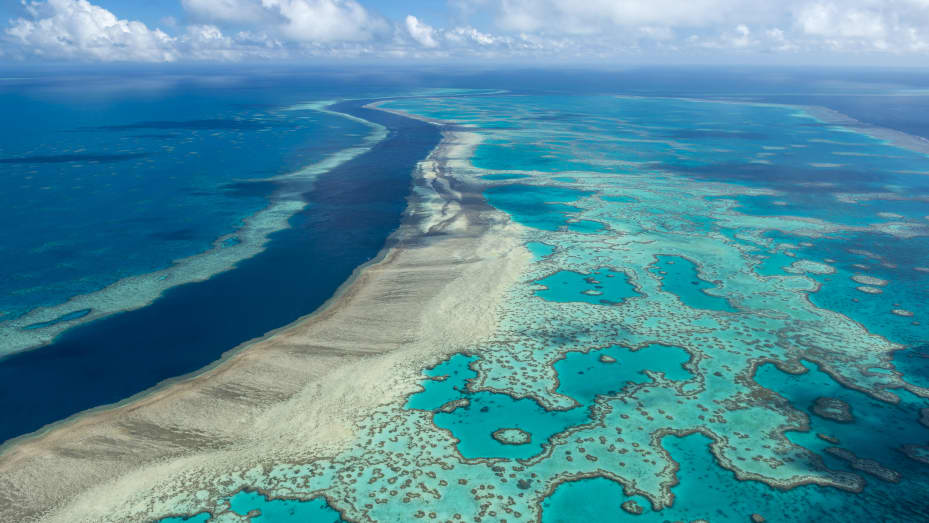Traveling is not just about moving from one place to another; it’s a journey of discovery, a quest for new experiences, cultures, and landscapes.

In the realm of language, there exists a treasure trove of words that beautifully capture the essence of travel and exploration.
These words go beyond mere descriptions; they evoke emotions, sensations, and the thrill of wanderlust. Let’s embark on a linguistic journey and delve into the world of creative travel words.
- Fernweh: Originating from Germany, “Fernweh” encapsulates a deep longing for far-off places. Unlike “homesickness” (Heimweh), Fernweh describes the yearning to explore distant lands, to wander through unknown streets, and to immerse oneself in unfamiliar cultures. The restless spirit drives adventurers to traverse continents, fueled by the desire for new horizons and experiences.
- Sehnsucht: Another gem from the German language, “Sehnsucht” conveys a profound and often ineffable yearning for something unattainable or absent. In the context of travel, Sehnsucht embodies the longing for places yet to be visited, for moments of serenity amid bustling cities, or the sensation of freedom on open roads. It’s a bittersweet longing that fuels the traveler’s soul, driving them to seek out new destinations and experiences.
- Dérive: Derived from the French word for “drift,” Dérive refers to the unplanned journey, wandering aimlessly through urban landscapes. Coined by the Situationist International movement, Dérive encourages travelers to let go of preconceived itineraries and instead embrace spontaneity, allowing the city to guide their footsteps. It’s about surrendering to the rhythm of the streets, discovering hidden gems, and experiencing the pulse of urban life in its raw, unfiltered form.
- Solivagant: A term coined by the English lexicographer Susie Dent, “Solivagant” describes the solitary wanderer, the one who roams the world alone, seeking solace and enlightenment in the solitude of travel. Unlike conventional tourists, solivagants eschew group tours and crowded attractions in favor of solitary explorations off the beaten path. They find beauty in the silence of remote landscapes, in the whispers of ancient ruins, and in the introspective journey of self-discovery.
- Coddiwomple: A whimsical word of English origin, “Coddiwomple” encapsulates the spirit of adventurous travel, the act of journeying purposefully towards a vague destination. It’s about setting out with no clear itinerary, embracing detours and unexpected encounters along the way. Coddiwompling is not just about reaching a specific place but relishing the journey itself, with all its twists and turns, surprises, and serendipitous moments.
Things to keep in mind
When delving into the world of creative travel words, there are several important factors to keep in mind:
- Cultural Context: Many creative travel words originate from languages and cultures around the world. It’s essential to understand the cultural nuances and connotations associated with these words to use them appropriately and respectfully.
- Interpretation: Creative travel words often evoke complex emotions and experiences. Interpretation can vary based on personal perspectives and cultural backgrounds. Consider how these words resonate with different individuals and their unique travel experiences.
- Evolving Language: Language is dynamic and continuously evolves over time. New words may emerge, while existing ones may shift in meaning or usage. Stay open to discovering and incorporating new creative travel words into your vocabulary.
- Personal Connection: Connect with creative travel words that resonate with your own experiences and aspirations. Whether it’s the longing for distant lands or the joy of spontaneous exploration, find words that encapsulate your travel ethos and incorporate them into your storytelling.
- Authenticity: Embrace the authenticity of your travel experiences. Creative travel words serve as tools for expression but should not overshadow genuine connections with people, places, and cultures. Let these words complement your experiences rather than define them.
- Exploration: Keep exploring and expanding your linguistic repertoire. Discover new words, delve into their meanings, and experiment with incorporating them into your travel narratives. Embrace the richness and diversity of language as you navigate the vast landscape of travel experiences.
By keeping these considerations in mind, you can fully appreciate the beauty and depth of creative travel words while enriching your own travel experiences and storytelling endeavors.
Conclusion on Creative Travel Words
Language can evoke emotions, paint vivid pictures, and capture the essence of human experiences.
Through creative travel words like Fernweh, Sehnsucht, Dérive, Solivagant, and Coddiwomple, we can articulate the multifaceted nature of travel – the longing for distant horizons, the joy of serendipitous encounters, and the freedom of wandering without a fixed destination.
These words serve as linguistic windows into the wanderlust-filled hearts of travelers, reminding us that the journey is as enriching as the destination itself. So, let’s embrace the beauty of these words and embark on our adventures, guided by the poetry of travel.
Thank You 🙂
